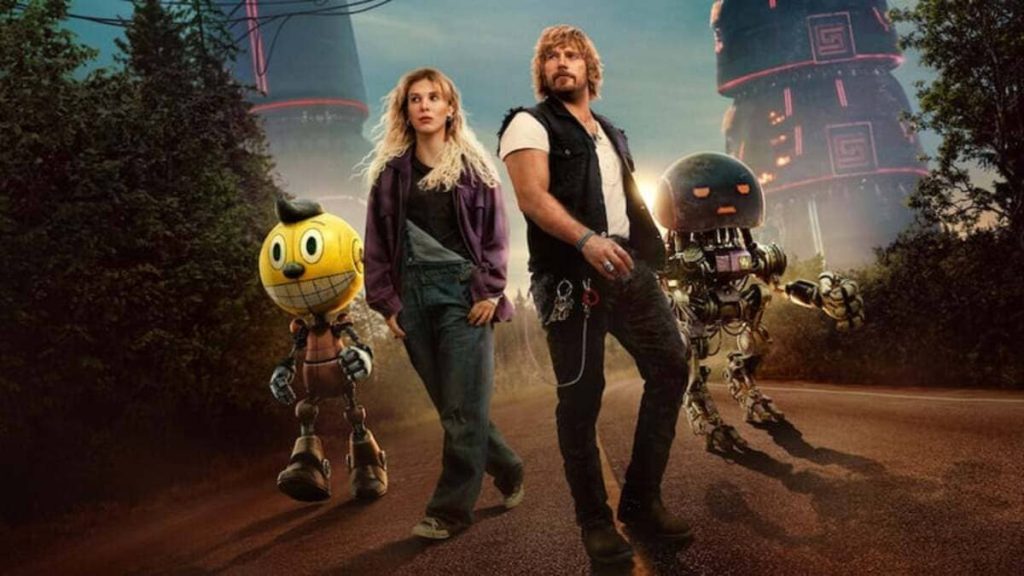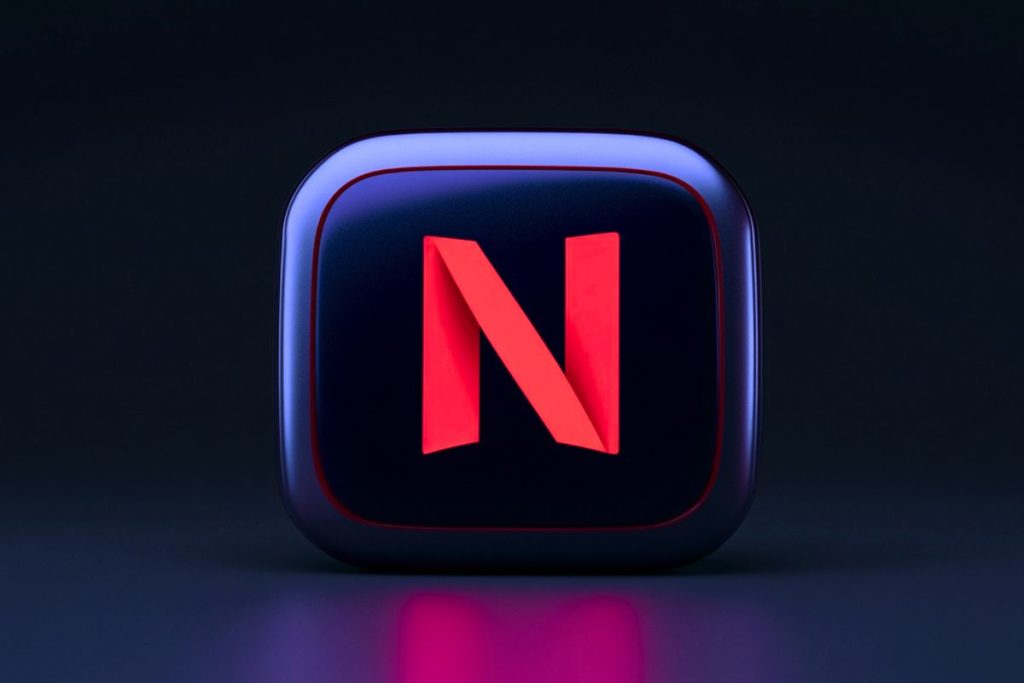Netflix’s 2025 sci-fi film The Electric State made headlines for its massive budget of $320 million, making it one of the most expensive films ever produced. The streaming giant certainly had high hopes for this ambitious project, hoping to strike gold with a dystopian vision of the 1990s. However, despite a star-studded cast and high expectations, the film has been met with harsh criticism. With a disappointing 14% score on Rotten Tomatoes, many are left wondering: did Netflix waste its money, or is there something deeper to appreciate?
A Dystopian Vision of the 1990s
Set in an alternative 1990s, The Electric State presents a world where a devastating war between humans and robots has thrown society into chaos. In this reality, technology known as Neurocaster allows humans to upload their consciousness into drones. While this breakthrough helped humanity win the war, it also led to widespread semi-vegetative states, where many people are left to live in a robotic stupor.
The film follows a young girl, Michelle (played by Millie Bobby Brown), who embarks on a dangerous quest to find her missing brother, Christopher, a child prodigy. She is joined by a mysterious robot named Cosmo and a cynical smuggler, Keats, portrayed by Chris Pratt. Along the way, Michelle uncovers a massive conspiracy that questions the boundaries between humans and machines.
The film is directed by Anthony and Joe Russo, best known for their work on Avengers: Endgame. The Russo brothers made a bold decision to depart from the graphic novel by Simon Stålenhag, creating an entirely new narrative. While the story kept some aesthetic elements from the ’90s, it added a layer of artificial intelligence and animatronic robots fighting for rights, which required heavy use of CGI. The Russos argued that CGI was a more cost-effective choice than using animatronics, a decision that sparked mixed reactions.

$320 Million Spent—But Was It Worth It?
With such a hefty budget, The Electric State certainly had the potential to deliver an unforgettable cinematic experience. However, many critics were underwhelmed by the outcome. The film’s interpretation of the original graphic novel was one of the main points of contention. Elisabeth Vincentelli of The New York Times noted that while the graphic novel had a “melancholic” tone, the film felt “obvious and over-the-top.” Other critics, like Courtney Howard of Variety, pointed out the film’s “generic concept” and its overly moralistic commentary on freedom and prejudice.
Even the performances of the lead actors, Millie Bobby Brown and Chris Pratt, were called into question. C.M. Ramsburg from Comic Book Resources described their acting as “flat and one-dimensional,” leaving audiences disappointed by the lack of emotional depth in the characters.
Despite the star power of Brown and Pratt, as well as a supporting cast featuring Ke Huy Quan, Jason Alexander, and Giancarlo Esposito, many felt the film missed the mark. The lavish budget seemed to be squandered, with some critics, including Sam Adams of Slate, calling it a “disaster.” Others, like Johnny Oleksinski from The New York Post, bemoaned the film’s lack of originality and predictability.
In the end, The Electric State has become a cautionary tale of ambition gone wrong. While Netflix poured millions into the production, the film lacked the spark needed to connect with audiences or critics. It remains an ambitious but ultimately unsuccessful experiment, highlighting the risks Netflix takes with its big-budget projects.
Still, there is hope for the streaming service’s future. With upcoming projects like Guillermo del Toro’s Frankenstein starring Oscar Isaac, Netflix may just bounce back from this high-profile flop. For now, though, The Electric State serves as a reminder that sometimes, even with a giant budget and big names, a film can still miss the mark.



